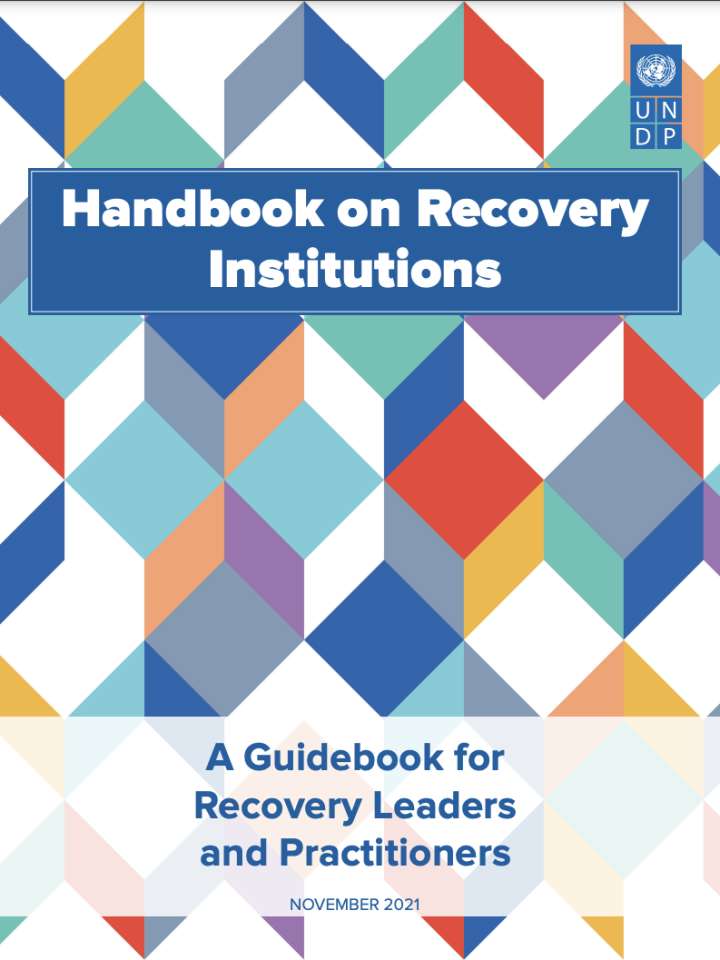Handbook on recovery institutions: a guidebook for recovery practitioners
This Guidebook describes institutional options, successful characteristics and management lessons based on real-world experience with disaster recovery operations. It is a planning tool for practitioners and policymakers who need to design, manage and assess recovery following a disaster. This is an effort to remove some of the uncertainty from decision-making after a major event. The main objective of this Guidebook is to inform the design of effective institutional arrangements for recovery, both before and after a disaster occurs.
The Guidebook is based on current literature, relevant examples and a new set of case studies from six countries that draw lessons from the institutional arrangements and recovery
management strategies put in place after catastrophic disasters, including the COVID-19 pandemic. The case studies demonstrate how a range of different countries took on the challenge of recovery and structured their institutional, legislative and policy frameworks to support their recovery goals. These real life examples are based on the operational context inside their respective recovery institutions and describe the structures, functions and processes that were critical components of effective recovery.
This Handbook is accompanied by Case Studies on Institutional Arrangements for Recovery.
